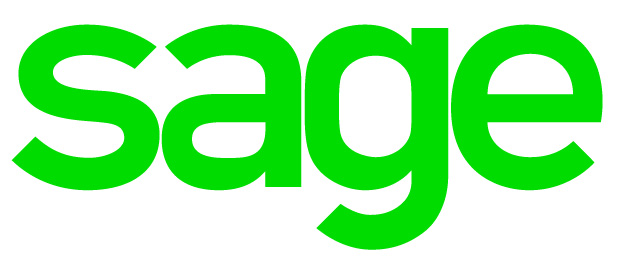Dividend tax reminder
From 6 April 2016, any dividends you receive up to £5,000 are tax-free. Dividends received in excess of this amount will be taxed as follows. If they form part of your:
· Basic rate tax band – taxed at 7.5%
· Higher rate tax band – taxed at 32.5%
· Additional rate – taxed at 38.1%
Last year, up to 5 April 2016, dividends received that fell into your basic rate tax band were covered by a tax credit. Accordingly, tax payers with dividend income in excess of the new £5,000 limit will be paying more tax on their dividend income 2016-17.
Readers should also note that for 2016-17:
· Dividends that fall within your personal tax allowance do not count towards the £5,000 dividend allowance.
· If your dividends fall under the £5,000 allowance, there is no need to tell HMRC unless you are registered for self-assessment.
· If your dividends received are between £5,000 and £10,000 you should tell HMRC by ringing their helpline, ask them to adjust your tax code, or enter the details on your tax return if you are required to file.
· If your dividends are over £10,000 you should be registered for self-assessment. For the tax year 2016-17, you have until 5 October 2017 to register with HMRC.
There are still advantages to maintaining a high dividend, lower salary strategy if you are a director/shareholder of a small limited company. However, it is worth revisiting the calculations on an annual basis to ensure you are optimising the various allowances available.
Latest News
- More regulation for trader recommendation sites - July 23, 2024
- Back to work plan - July 22, 2024
- How will Rachel Reeves change UK taxation? - July 18, 2024
- Government is using AI - July 16, 2024
- Remember to pay your Class 1A NIC - July 11, 2024
- Beware business rates appeals deadlines - July 9, 2024
- Tax Diary July/August 2024 - July 5, 2024
- Filing your tax return early - July 5, 2024






